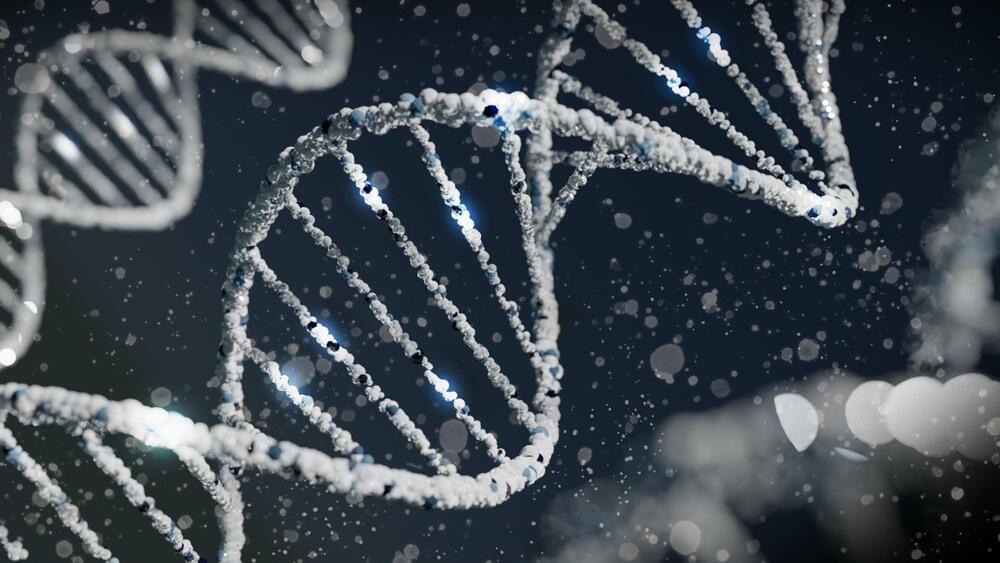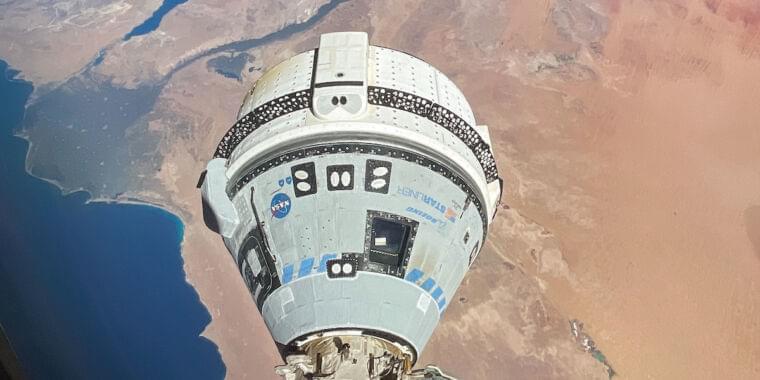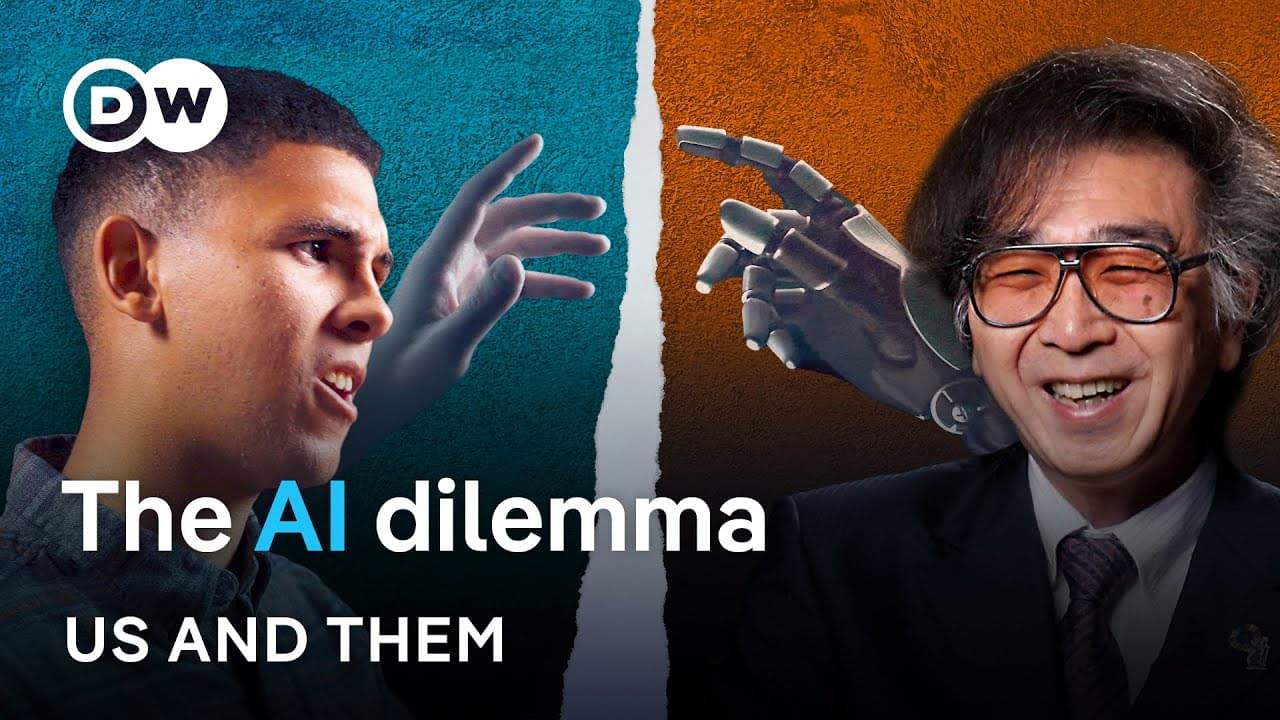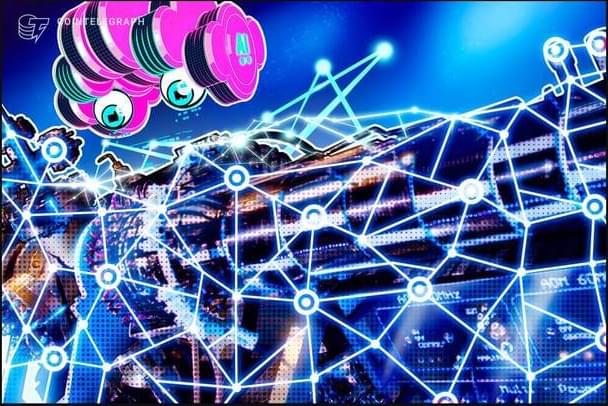Alternative splicing is a genetic process where different segments of genes are removed, and the remaining pieces are joined together during transcription to messenger RNA (mRNA). This mechanism increases the diversity of proteins that can be generated from genes, by assembling sections of genetic code into different combinations. This is believed to enhance biological complexity by allowing genes to produce different versions of proteins, or protein isoforms, for many different uses.
Watch a cozy city full of miniature people grow right in your living room in Wall Town Wonders, an upcoming mixed reality game by Cyborn.
Help tiny characters expand their world by completing quests and mini-games in the game’s detailed environments and interact with your new neighbors like never before using your hands. You can “touch” the objects and even guide a virtual plane.
Will artificial intelligence save us or kill us all? In Japan, AI-driven technology promises better lives for an aging population. But researchers in Silicon Valley are warning of untamable forces being unleashed– and even human extinction.
Will artificial intelligence make life better for humans or lead to our downfall? As developers race toward implementing AI in every aspect of our lives, it is already showing promise in areas like medicine. But what if it is used for nefarious purposes?
In Japan, the inventor and scientist behind the firm Cyberdyne is working to make life better for the sick and elderly. Professor Yoshiyuki Sankai’s robot suits are AI-driven exoskeletons used in rehabilitative medicine to help stroke victims and others learn to walk again. But he doesn’t see the benefits of AI ending there; he predicts a future world where AIs will live in harmony with humans as a new, benevolent species.
Yet in Silicon Valley, the cradle of AI development, there is an unsettling contradiction: a deep uncertainty among many developers about the untamable forces they are unleashing. Gabriel Mukobi is a computer science graduate student at Stanford who is sounding the alarm that AI could push us toward disaster– and even human extinction. He’s at the forefront of a tiny field of researchers swimming against the current to make sure AI is safe and beneficial for everyone.
Experts have created a ‘miracle material’ that will be the end of conventional solar panels: 60 times more energy and unexpected performance.
The study
The researchers monitored the brainwaves of 100 students as they performed a series of cognitive tasks. They then conducted a group comparison analysis between the performance of students with higher test scores (as recorded prior to the study) against those with lower test scores.
The brainwave analysis was then analyzed using algorithms running on a D-Wave quantum annealing computer. According to the researchers, the study resulted in new insights concerning how cognitive ability relates to testing outcomes.
In the study, an international team of astronomers identified three supermassive black holes lurking near the center of galaxy NGC 6,240, which has been visibly disturbed by the gravitational effects of a triple merger. Because NGC 6,240 is so close—just 300 million light-years away—astronomers had previously assumed that its odd shape was the product of a typical merger between two galaxies. They believed that these two galaxies collided as they increased to hundreds of miles per second, and that they are still combining. Therefore, the researchers expected to find two supermassive black holes hiding near the center of the cosmic collision.
Instead, the team discovered three supermassive black holes, each weighing more than 90 million Suns, when they used 3D mapping techniques to peer into the core of NGC 6240. (To put this into perspective, Sagittarius A*, the supermassive black hole at the center of the Milky Way, is roughly 4 million solar masses in weight.) Furthermore, the three massive black holes of NGC 6,240 are confined to an area that is less than 3,000 light-years across, or less than 1% of the galaxy in which they are found.
“Up until now, such a concentration of three supermassive black holes had never been discovered in the universe,” said study co-author Peter Weilbacher of the Leibniz Institute for Astrophysics Potsdam in a press release. This is the first time that scientists have seen a group of supermassive black holes packed into such a small area, despite the fact that they have previously discovered three distinct galaxies and the black holes that are connected to them on a collision course.
Since their release, AI tools like ChatGPT have had a huge impact on content creation. In schools and universities, a debate about whether these tools should be allowed or prohibited is ongoing.









